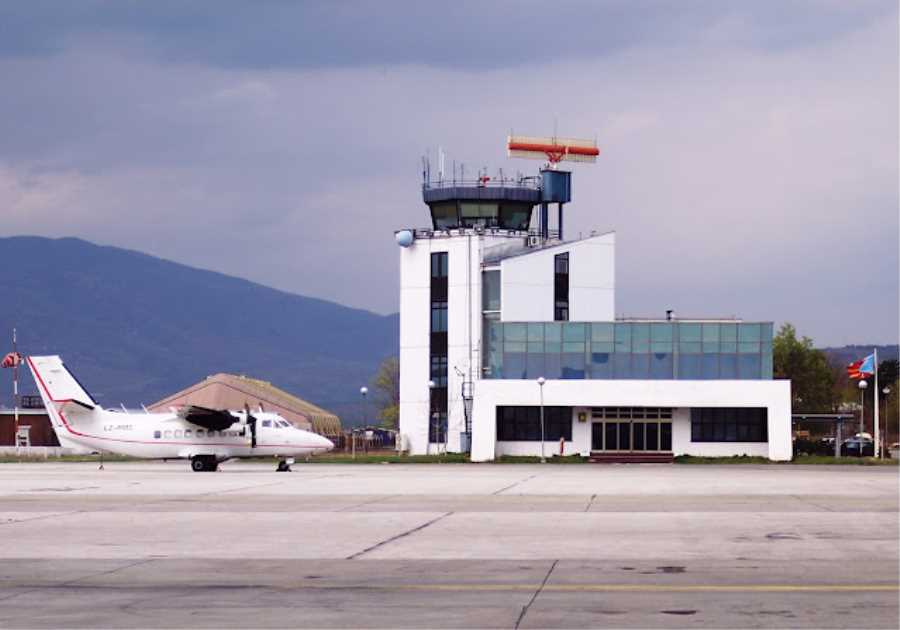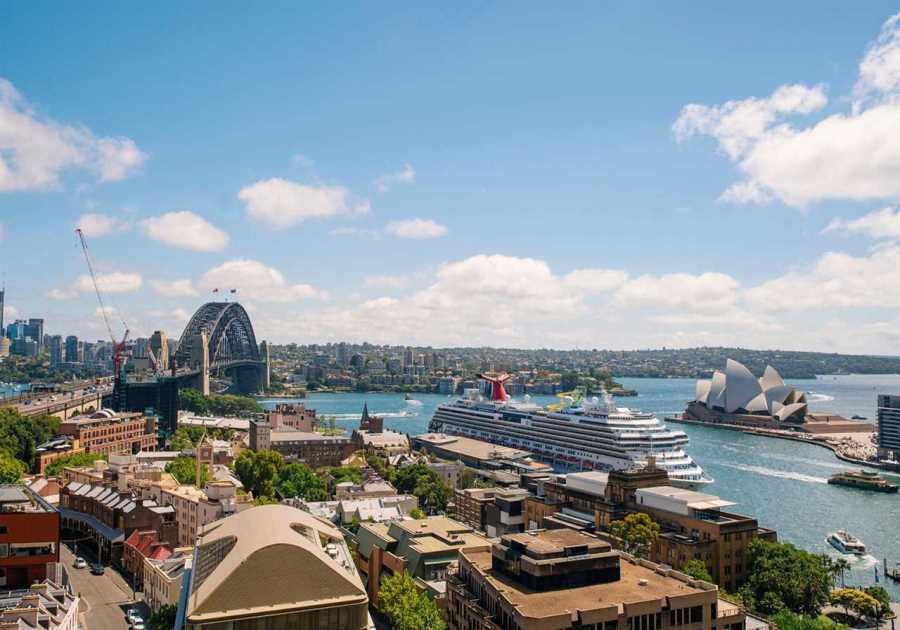10 Places to Avoid When Touring Washington, DC
Washington, DC is a great city to visit. Whether you’re here to take in the sights and sounds of the nation’s capital, or to explore the city’s vibrant culture and history, there’s something for everyone here. However, there are some places in the city that are best avoided. Here are 10 places to avoid when touring Washington, DC.
1. Anacostia Park: Anacostia Park is located on the east side of the Anacostia River in Washington, DC. It is known for its high crime rate and is a place to avoid for both locals and visitors alike.
2. East of the Anacostia River: The east side of the Anacostia River is known for its high crime rate and drug activity. It is best to avoid this area when touring Washington, DC.
3. Brightwood Park: Brightwood Park is located in the North West quadrant of Washington, DC. It is known for its high crime rate and is a place to avoid when touring the city.
4. Columbia Heights: Columbia Heights is located in the Northwest quadrant of Washington, DC. It is known for its high crime rate and drug activity, and is best avoided when touring the city.
5. Barry Farm: Barry Farm is a public housing project located in the Southeast quadrant of Washington, DC. It is known for its high crime rate and is best avoided when touring the city.
6. Trinidad: Trinidad is located in the Northeast quadrant of Washington, DC. It is known for its high crime rate and is best avoided when touring the city.
7. Congress Heights: Congress Heights is located in the Southeast quadrant of Washington, DC. It is known for its high crime rate and is best avoided when touring the city.
8. Deanwood: Deanwood is located in the Northeast quadrant of Washington, DC. It is known for its high crime rate and is best avoided when touring the city.
9. Michigan Park: Michigan Park is located in the Northeast quadrant of Washington, DC. It is known for its high crime rate and is best avoided when touring the city.
10. U Street Corridor: The U Street Corridor is located in the Northwest quadrant of Washington, DC. It is known for its high crime rate and is best avoided when touring the city.
FAQs about Places to Avoid in Washington, DC
Q1: Is it safe to walk around in Washington, DC?
A1: While there is a lot to see and do in Washington, DC, it is important to be aware of your surroundings and to avoid certain areas of the city. Areas to avoid include Anacostia Park, East of the Anacostia River, Brightwood Park, Columbia Heights, Barry Farm, Trinidad, Congress Heights, Deanwood, Michigan Park, and the U Street Corridor.
Q2: Are there any areas of DC that are particularly dangerous?
A2: Yes, there are certain areas of the city that are known for their high crime rate and should be avoided. These areas include Anacostia Park, East of the Anacostia River, Brightwood Park, Columbia Heights, Barry Farm, Trinidad, Congress Heights, Deanwood, Michigan Park, and the U Street Corridor.
Q3: What should I do if I find myself in one of these areas?
A3: If you find yourself in one of these areas, it is important to be aware of your surroundings and to leave the area as soon as possible.
Q4: Are there any other areas of Washington, DC that I should avoid?
A4: It is always best to be aware of your surroundings and to take extra precautions when visiting any unfamiliar area.
Q5: Is there any way to stay safe while exploring the city?
A5: Yes, there are a few things you can do to stay safe while exploring Washington, DC. Make sure you always stay in well-lit and populated areas, avoid areas that are known to be unsafe, and be aware of your surroundings.
TRANSCRIPT:
202 people killed in DC this year - YouTube
https://www.youtube.com/watch?...
The video reports that the number of homicides in Washington D.C. this year has exceeded 200, which is the first time in two decades that this has happened two years in a row. There have been three separate shootings across the city resulting in three deaths and one injury. The police union blames the overhaul of the criminal code for stopping officers from doing their jobs effectively and calls for a complete overhaul of the system. While the number of homicides has decreased by 11%, violent crime in general has decreased by 7% and crime overall, including non-violent offenses, has decreased by 4%. The video also shows people's reactions to the violence, including those who have lost loved ones, and their call for vigilance and systemic change to address the issue.






